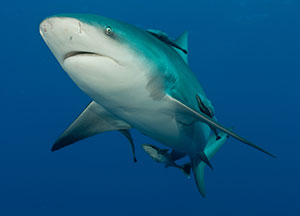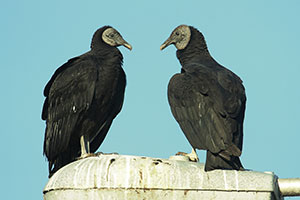The American alligator has always been a popular and well known staple in the Florida Everglades. Scientists, however, are starting to fear that the American alligator won’t always be a common presence in Everglades National Park. A species once so prevalent in the park has been declining in population over the years, and even while fewer numbers of alligators are being found and studied in the area, those that are found tend to be much smaller than the generations of gators before them.
Scientists who study gator populations in the Everglades note that today’s gators appear skinny and emaciated, at times like skin and bones. These alligators also grow slower, at only about 2/3 the rate of healthy alligators living in healthy habitats. Worse still, unhealthy alligators in a region that relies so heavily on their presence could mean the presence of an overall unhealthy ecosystem. In some instances, unhealthy alligators could indicate an extremely serious underlying problem.
Some scientists believe that humans are to blame for the declining health of the Everglades, and thus the declining populations and health of many of the species that live there, including the American alligator. The cause of the damage spans decades, starting in the 1950’s when a massive drainage project was started in the Everglades in order to develop the large metropolitan areas of South Florida, such as Miami and Fort Lauderdale.
While the consequences of such a project were not apparent at the start, Everglades wildlife has been effected for years. Scientists believe that the redirecting of water from the Everglades out into the ocean shrank the area of the park by over half and heavily polluted the native waters. While more than $20 billion has been spent on Everglades restoration since to reverse some of this damage, it’s still unclear when, and if, the American alligator population will be able to recover.
Airboat rides through the Everglades with Captain Mitch are the perfect way to spot these magnificent creatures in their natural habitats. Because South Florida has one of the most unique ecosystems in the entire world, alligators are just one of the many species that can be spotted on an Everglades swamp tour. Riders can always expect to see more than a few birds, fish, snakes, and lizards along the way too!


 While the American black vulture is certainly not the most beautiful bird in the Everglades or the one with the best reputation, it might be one of the more interesting birds in not only the Everglades, but the entire world. Because the circling of vultures in the sky can often be a sign that something on the ground has just died and is about to be eaten, black vultures have often been associated with death. But while their feeding habits seem to give black vultures an ominous presence over humans, it is also their feeding habits that make them so unique.
While the American black vulture is certainly not the most beautiful bird in the Everglades or the one with the best reputation, it might be one of the more interesting birds in not only the Everglades, but the entire world. Because the circling of vultures in the sky can often be a sign that something on the ground has just died and is about to be eaten, black vultures have often been associated with death. But while their feeding habits seem to give black vultures an ominous presence over humans, it is also their feeding habits that make them so unique.





